Day-to-day issues such as traffic jams and human pressure add to the global threats of climate change and the risk of shortages
Text: Raúl Beltrán. Palma
2021 has been the beginning for a recovery that will have to overcome countless obstacles on its way. From the most common, such as the recurring traffic jams on the way to work or school, the dumping of dirty water on some beaches or the odyssey to access the most publicized coves, to the most structural ones, such as the increasing inability to provide self-sufficiency or the very worrying effects of climate change, which place the Mediterranean islands in the center of the bullseye. A panorama in front of which the Balearics part with a clear disadvantage, the same one that they will have to take advantage of: its insularity.
If in the previous issue of this magazine Mallorca comes up in the race for economic recovery and its international tourism leadership, facing 2022 and 2023 a greener and more sustainable Mallorca will rise as an inexorable challenge. The number of inhabitants, vehicles, companies and workers is growing, as can be seen in the graph on page 19. The population of the Balearic Islands has almost doubled since 1980, from 654,000 to 1,219,423 inhabitants in 2021, the year in which the community experienced the highest growth at the state level (+0.72%). Traffic jams on the Vía de Cintura, the MA-19 (Palma-Llucmajor), MA-13 (Palma-Alcúdia) and MA-1 (Palma-Andratx), the four busiest roads according to data from the Consell, attest to some of the unresolved challenges of population growth. The limitation to 66 takeoffs or landings per hour imposed by the Ministry of Energy Transition on Palma airport indicates that, at least in terms of passenger arrivals, the ceiling has been reached.
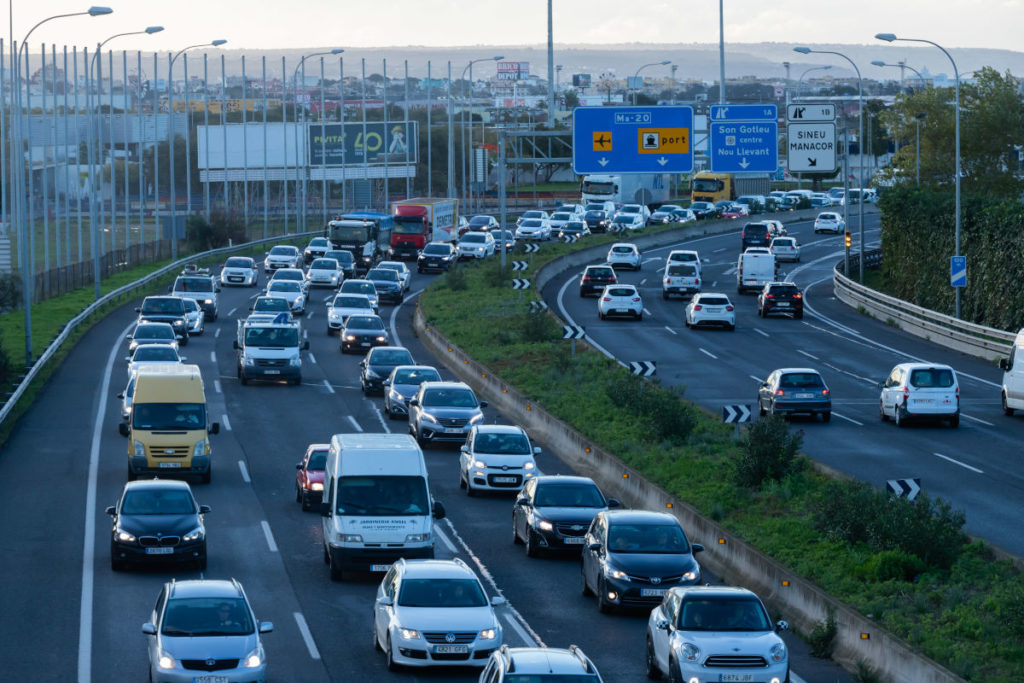
Traffic jams in Via de Cintura, the busiest in the Balearic Islands. Photo: Pep Caparrós.In 2019, 16.5 million tourists arrived at the Balearic airports. An indisputable indicator of demographic pressure is that of the garbage that is generated. From the island waste management company, Tirme, the person in charge of communication, Joan Mateu Barceló, attests to the continuous expansion in a limited territory: “Phase 3 of expansion is being completed, which would operate in 2023, due to the increase in waste in recent years”. Just in 2019, Tirme registered the entry of 570,264 tons of waste and in 2021 476,317 were counted until October, which reflects a very similar situation in the post-pandemic. This situation leads the island to “a panorama of change from a voluntary selective collection model to a mandatory one”.
Reports such as “El futur que volem”, from the Fòrum de la Societat Civil, or the “Quaderns Gadeso”, among others, warn of “growing human pressure”, “tourist saturation” and the territory “at the limit of its capacity” . The insular sensitivity towards sustainability is more evident every day. The overcrowding of highways, roads and streets, the waste of water or the deterioration of the beaches and green areas are some of those that concern the public the most. Due to this, the director of the Ibestat, Llorenç Pou, proposes that by the end of 2023 there will be “an arsenal of statistics that are not only on economic growth but also on environmental use”.
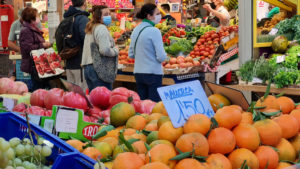
Mercat de l’Olivar. Photo: R. B.
The step towards a sustainable paradigm shift
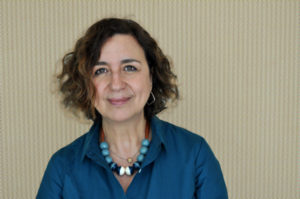
Joana Maria Seguí Pons.
“The pressure on the island is a reality. There are sections on the ring road that register almost 200,000 vehicles per day, more than 50% than a decade ago”, explains Joana Maria Seguí Pons, professor of Human Geography at the UIB. “The pandemic has brought a halt, but when the activity is resumed it appears as something from which we have not learned”.
“It is thought that the growth of people who visit us is positive, but this is not the case. Economists and experts who dismember data such as GDP or disposable family income show that it is not sustainable and also has a great impact on climate change”.
Seguí Pons regrets that “the step towards a sustainable paradigm shift has not been made” and she gives examples such as Amsterdam or Vitoria. “30% of the emissions come from transport and Europe warns that a modal shift must take place: fewer cars and more active modes -on foot or by bike- and public transport. We must raise awareness and change our attitude, but this voluntary change must be accompanied by changes at the political level”, she explains. The professor puts on the table the virtues of the “15-minute city” model and of civic areas, “which should also reach the periphery. It is proven that they are very well accepted, people can walk, relax; there is a mix of uses”, one of the keys to creating a more sustainable urbanism. “I think we all have the feeling of overwhelm and the solution is very complicated, there is no magic wand”.
Challenging future
Despite the challenges for the coming years, the growth forecast for the Balearic economy is doing great: for 2021 it is between 7.5 and 11.6 points and in 2022 between 8.4 and 12.1 -according to the November data from BBVA and the Government, respectively-, well above the national average. With the shadow of the global shortage on the table, the president of the Association of Food, Beverage and Cleaning Distribution Companies, Bartomeu Servera, explains that “the markets are out of control. Added to this is the problem of the lack of drivers and the price of fuel, energy and containers. Of course, there will not be a problem of shortages in food and beverages, although some specific product may be missing”. For Servera, the key question is to know how long this situation will last: “We are not certain that it will subside, but we must not create any alarm. The problem will come when the season starts, since there could be serious problems with certain products and high price increases”.
Taking into account that the agrifood self-sufficiency capacity in Mallorca is only 15% -self-sufficiency is only achieved in nuts and potatoes- while consumption and use of resources increases, the future is more than challenging.


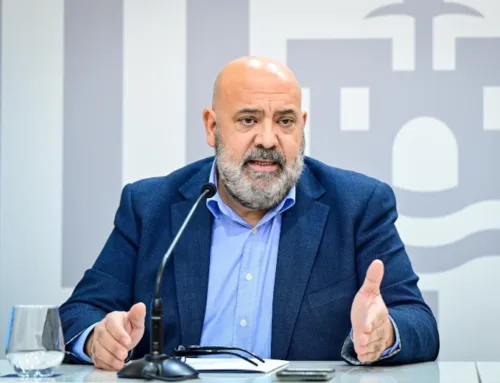
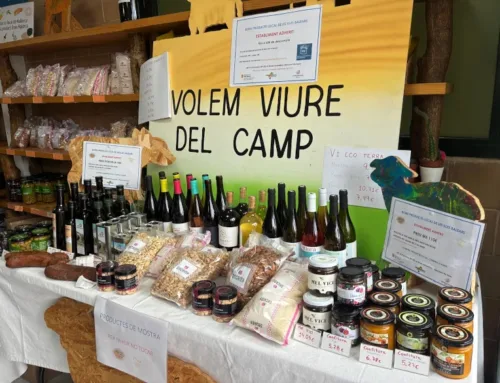

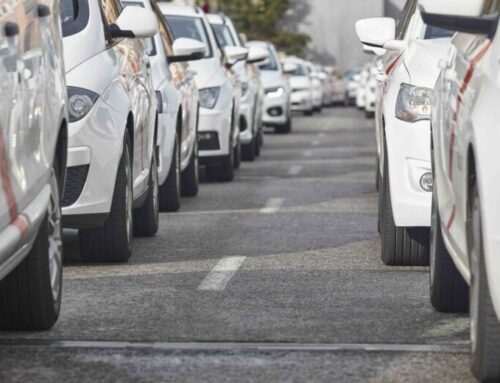
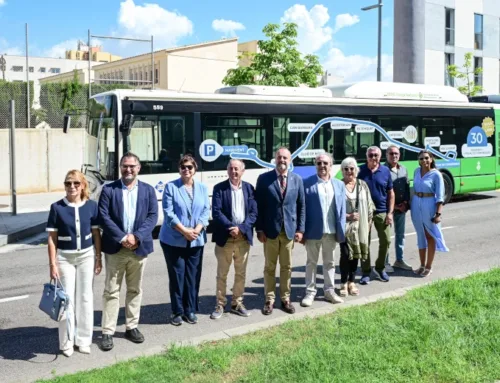

Leave A Comment